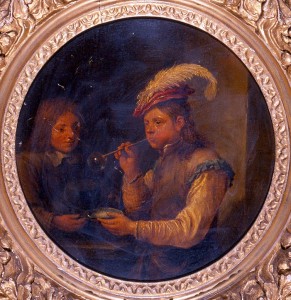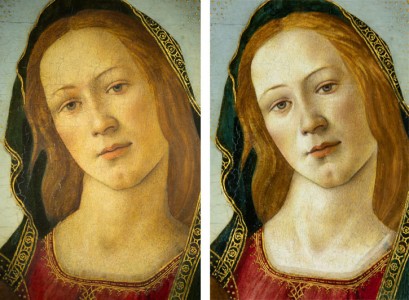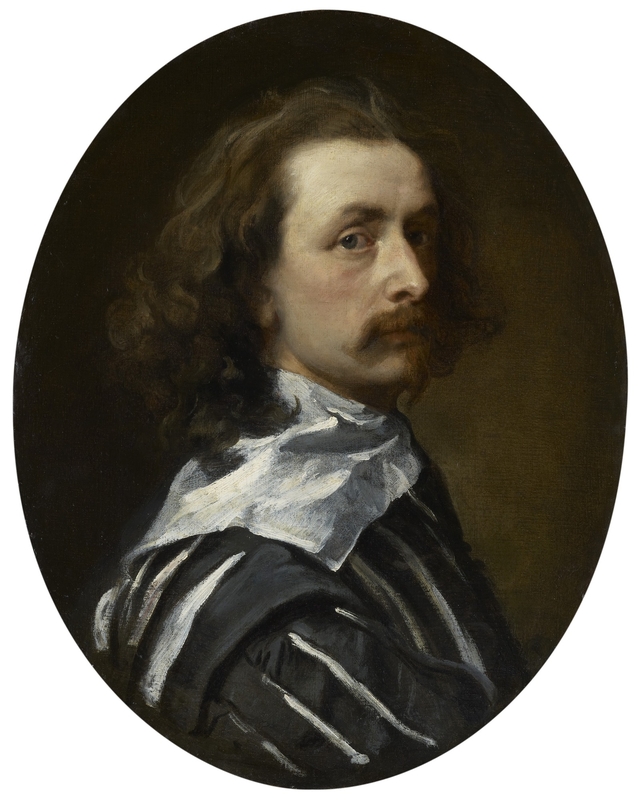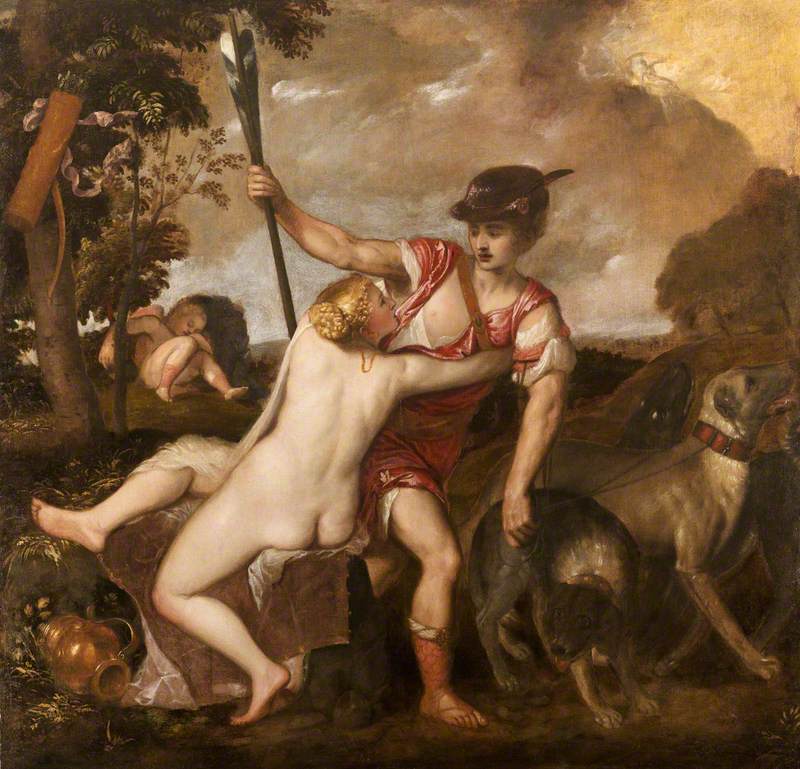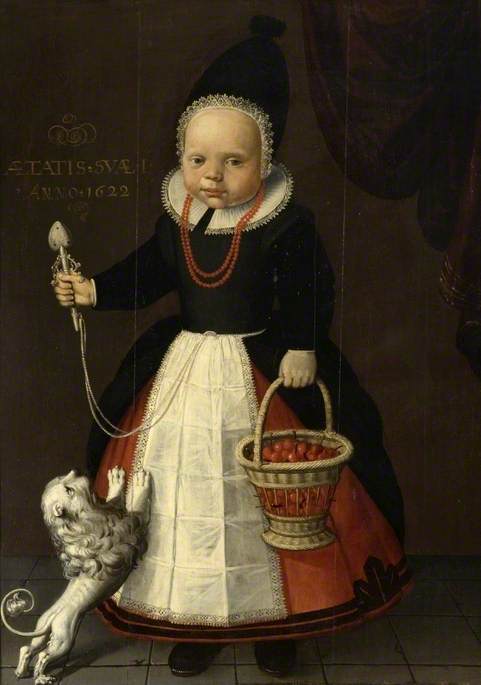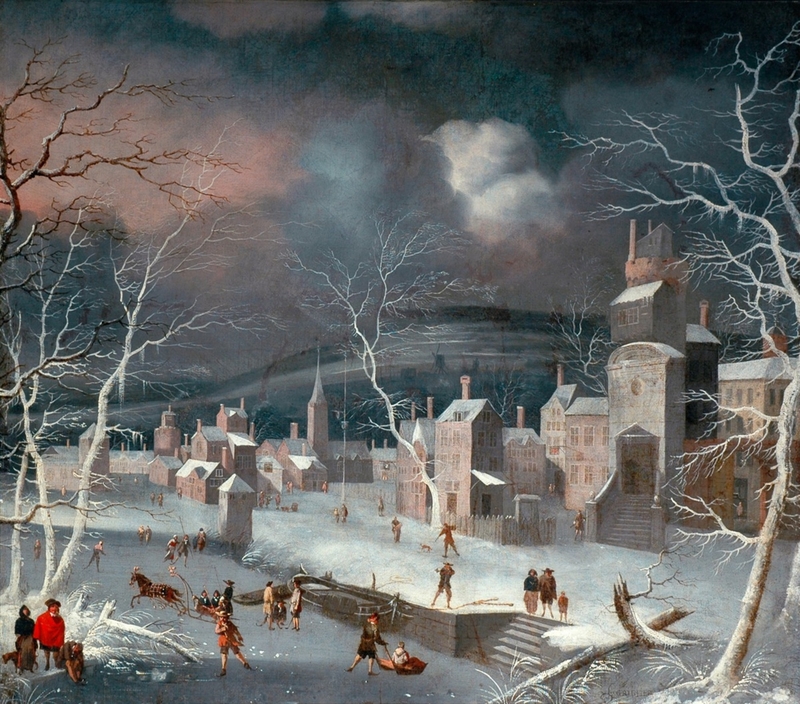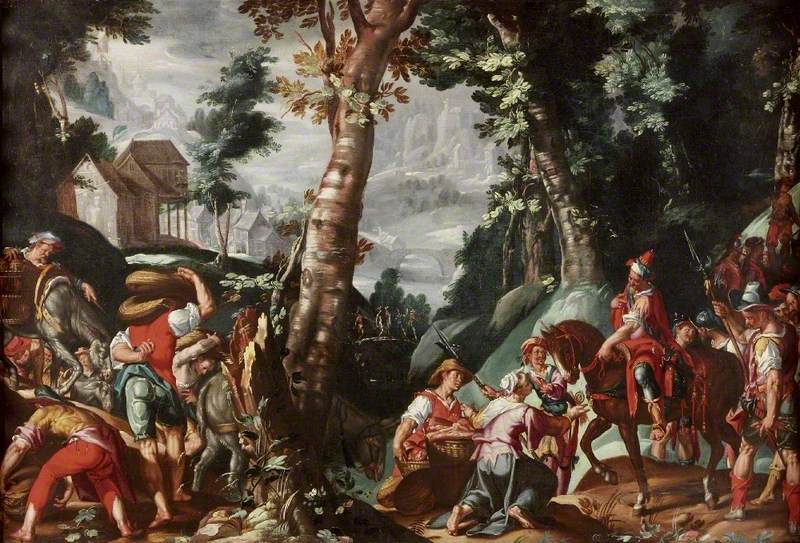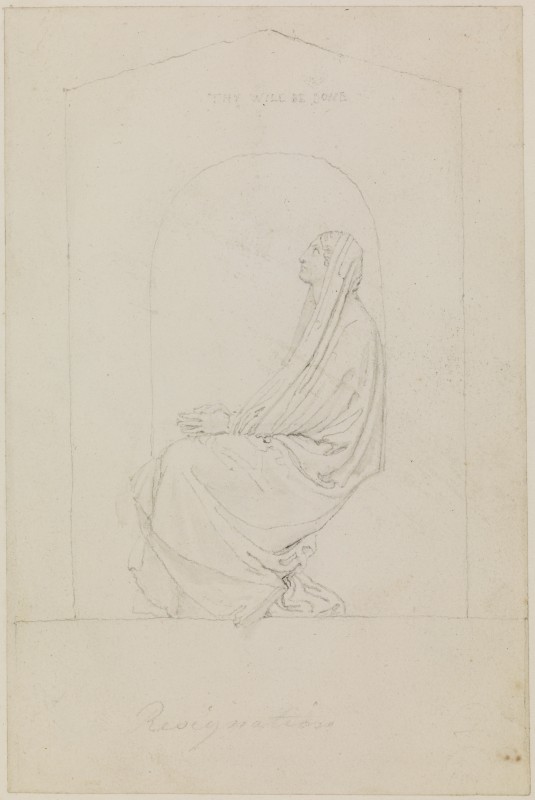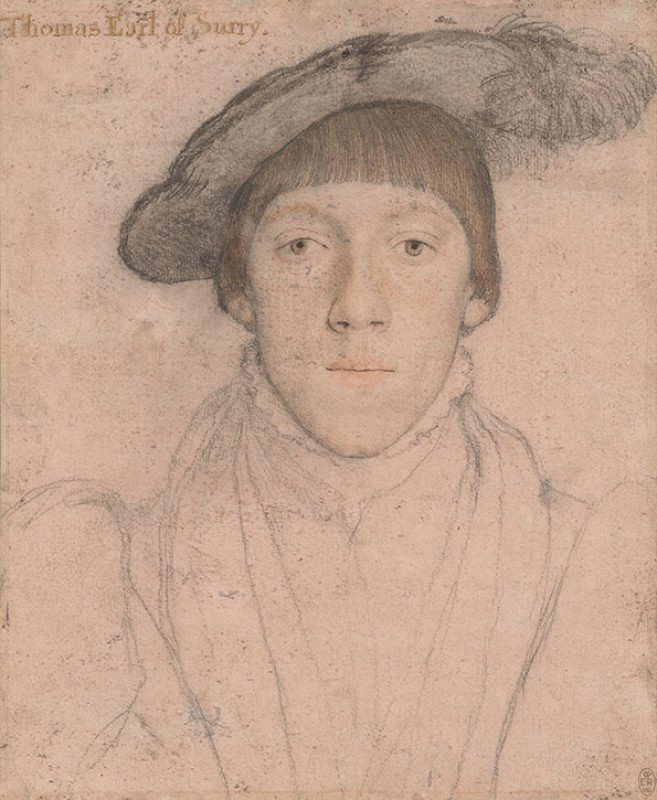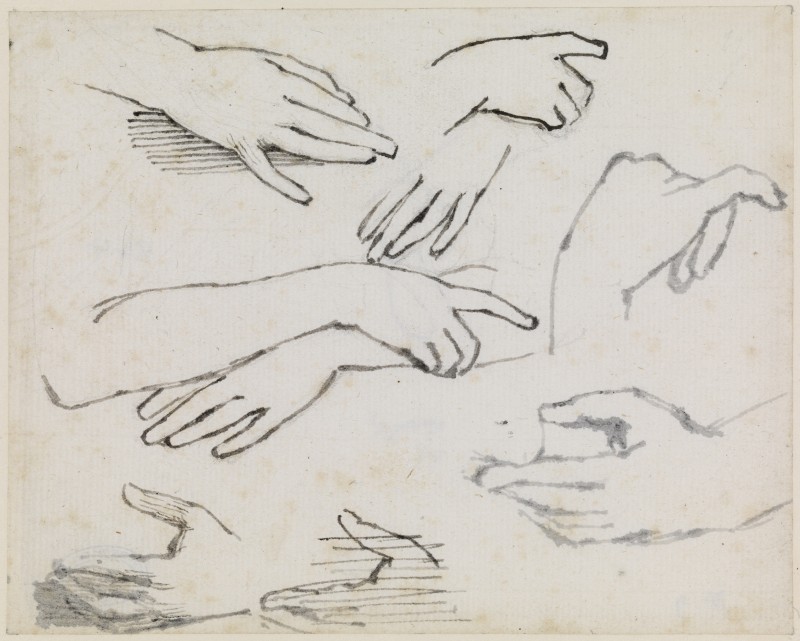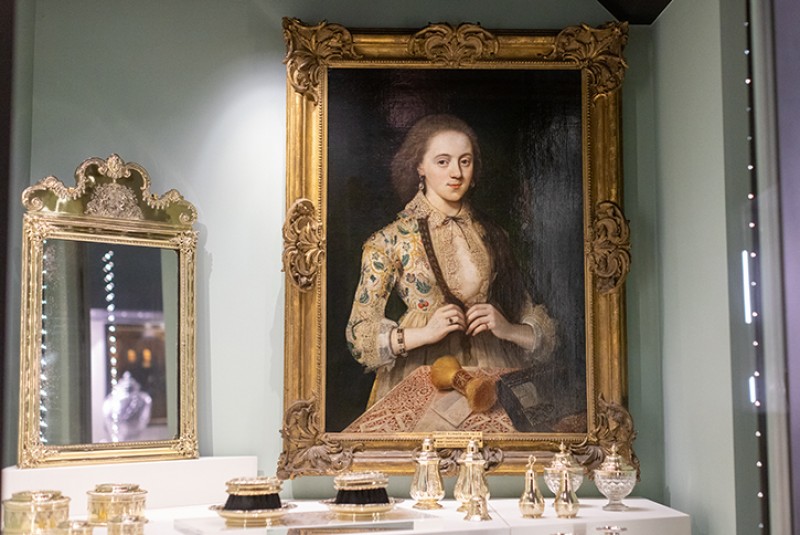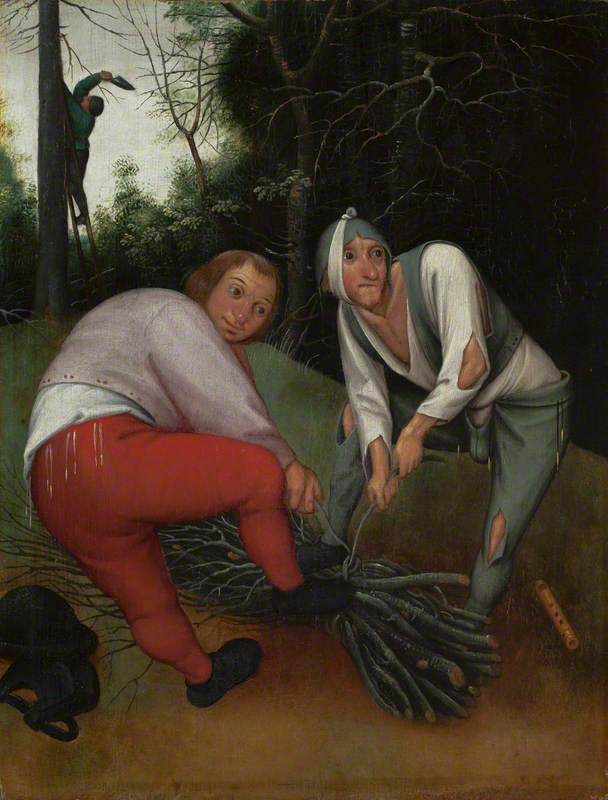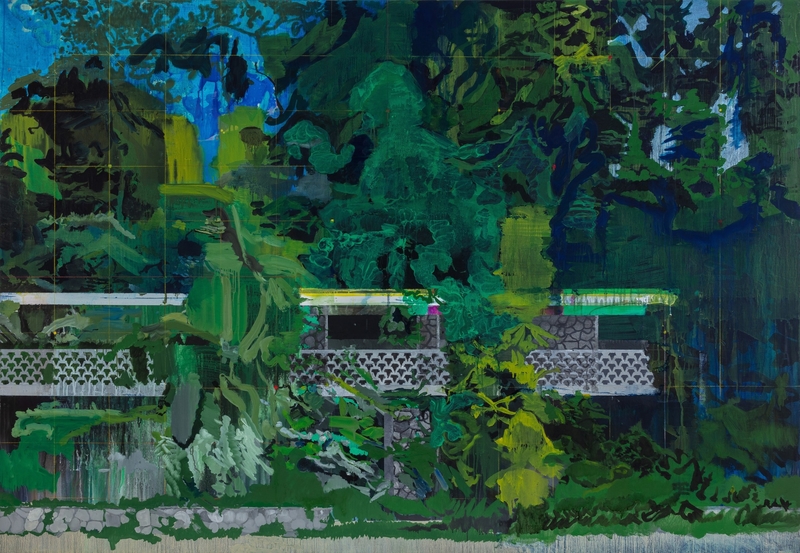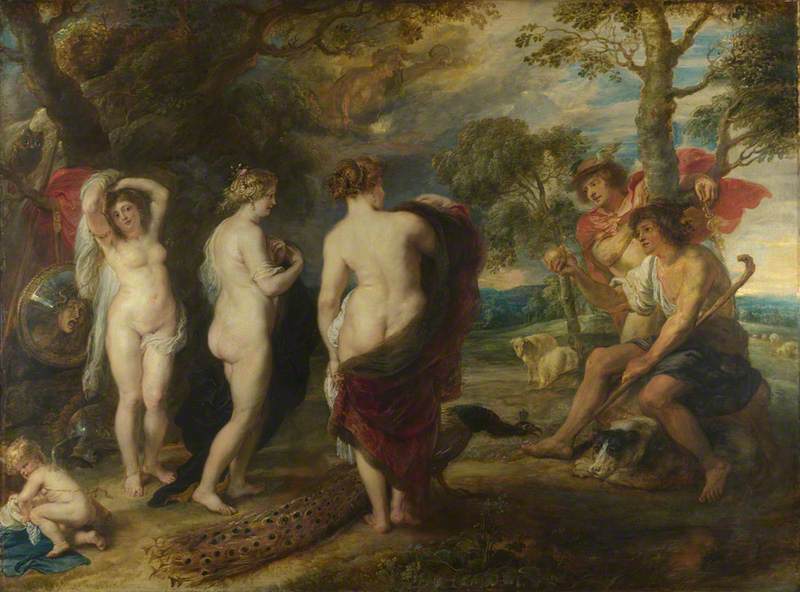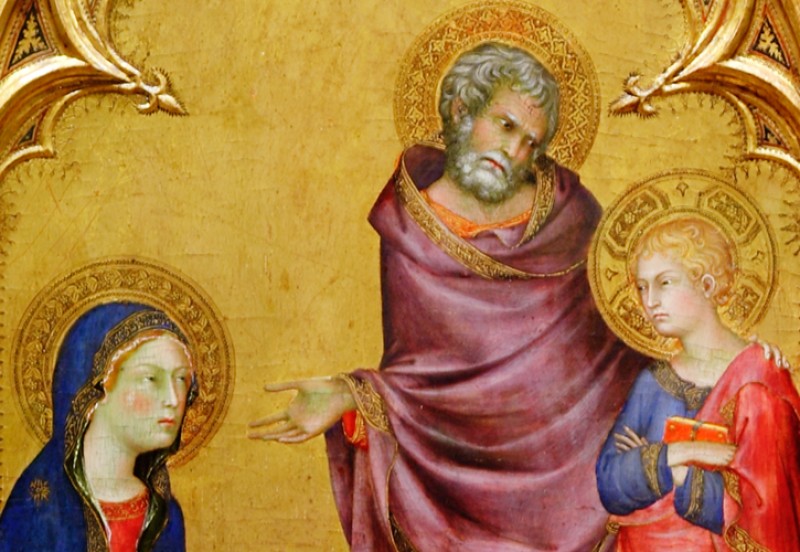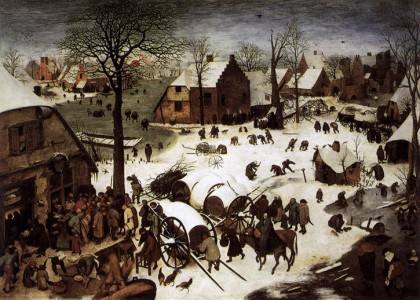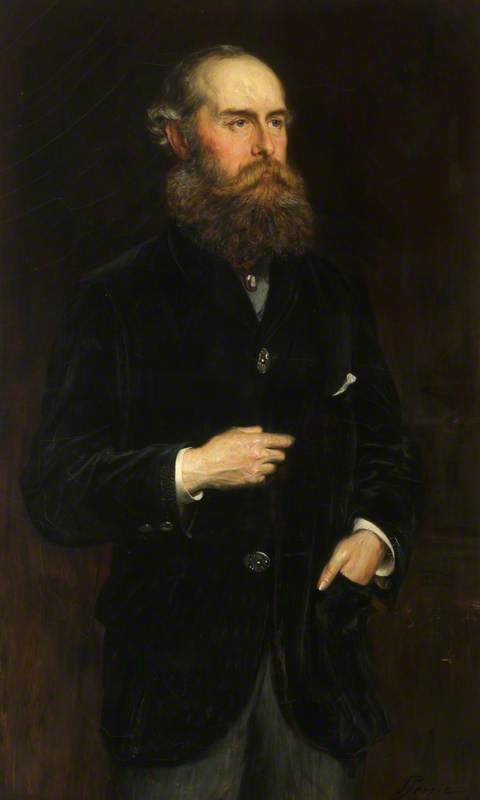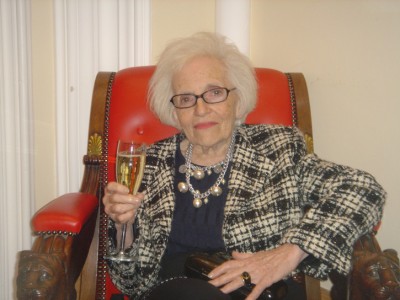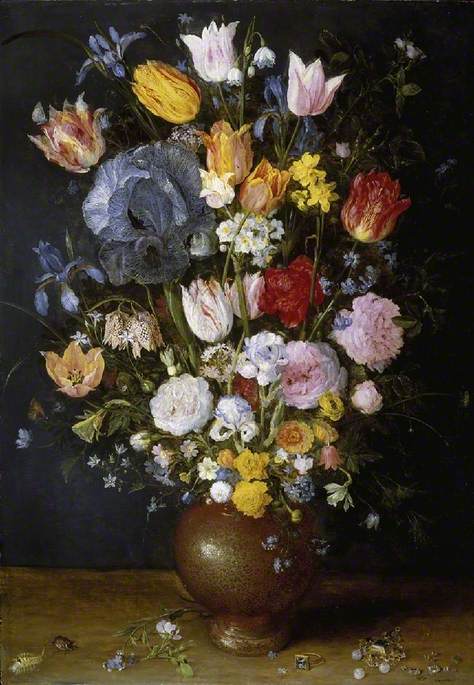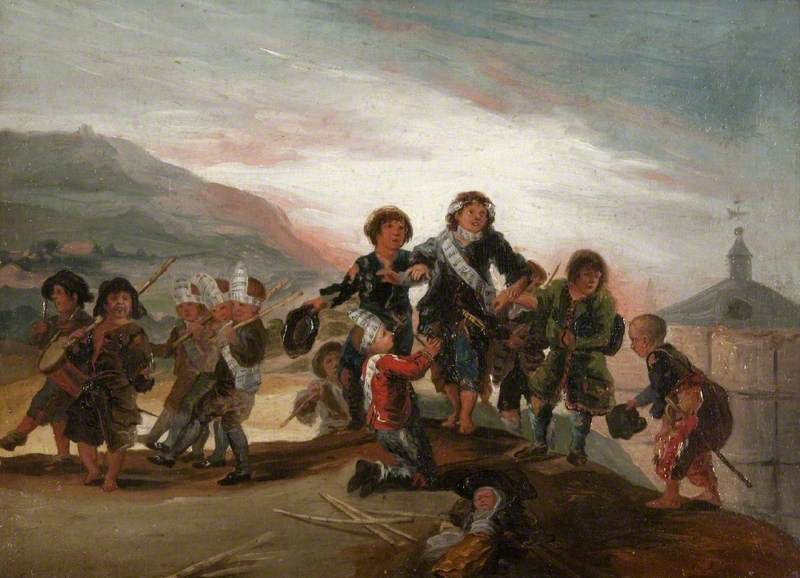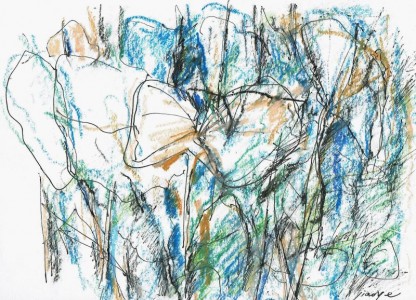'Of course there was Old Greggor and his son Young Greggor. Oddly enough, Young Greggor's son was older than Old Greggor. Nobody could figure out how that happened.' (Boris from the film Love and Death, Woody Allen, 1975)
The Brueghels are one of the great artistic family dynasties. The identification of an 'elder' or a 'younger' Brueghel can be as confusing as Boris' comical puzzlement over the generations of Greggors. Jan Brueghel the Elder (1568–1625) was the second son of Pieter Brueghel the Elder (1525–1569), and the younger brother of Pieter Brueghel the Younger (1564–1637) and so Brueghel the Younger was older than a Brueghel the Elder.
In 2016, the Fitzwilliam Museum in Cambridge ran a free exhibition of Netherlandish drawings and prints. Under the title 'Brueghel and his Time: Landscape drawings from the Bruce Ingram bequest', the show includes three drawings by Jan Brueghel the Elder amongst a total of 35 pieces by sixteenth- and seventeenth-century Netherlandish artists.
A Village in the Mountains
1612, pen & brown ink by Jan Brueghel the elder (1568–1625) .jpg)
In the exhibition the drawing a Village in the Mountains (1612) is a good example of Jan Brueghel's skill to depict everyday seventeenth-century life to glorious effect. Although a description of the picture's subject is not promising: a mundane foreground; a backdrop with an unimpressive mountain with a road in the middle. Yet this is an exceptional drawing, but what does this mean?
Exceptional art draws its audience in and offers an image that can be looked at with pleasure repeatedly. The use of colour is subtle and in some ways odd. The blue shadows at the picture's front are subdued but the boldest colour in the picture is the green used for the background trees. This greenery lifts the foreground and reinforces a sense of pictorial depth.
Aside from the picture's physical sense of depth, there is also depth in its treatment of subject matter. All of the figures are drawn in brown ink with brown washes but the postures suggest movement and they are seen as individuals, both in pose and costume. There are a host of characters, among them a hunter returning carrying his kill over his shoulder and a lady and gentleman out for a walk. The viewer does not just look at the foreground and then the background alone but will find return to the figures and the buildings.
A Winter Landscape
pen & brown ink on paper, by Joos de Momper the younger (1564–1635) 
The vague geographical term 'Netherlandish' has a magical yet earthy allure. Along with a verbal resemblance to 'Neverland' there is perhaps more to be drawn from this association between Dutch and Flemish art and fantasy storytelling. The village in the mountain scene is most likely an invention, a never-netherlandish setting. In the exhibition there was a page of figure studies by Jan Brueghel, this suggests he collated some of his sketches of real figures and transported them off to his own make-believe setting within his drawings and paintings.
The exhibition was small and there were only three examples of Jan Brueghel's drawings but this is because there are only 150 known drawings in existence. In an air-conditioned room there was respite from the barmy heat and an opportunity to lose yourself in both real and unreal locations from another age. In such conditions where there is an unusual need for air conditioning during an English summer there was a place where elder can mean younger.
Rupert Pink, auctioneer and valuer
'Bruegel and his Time...' ran from 10th May to 4th September 2016 at the Fitzwilliam Museum, Cambridge
